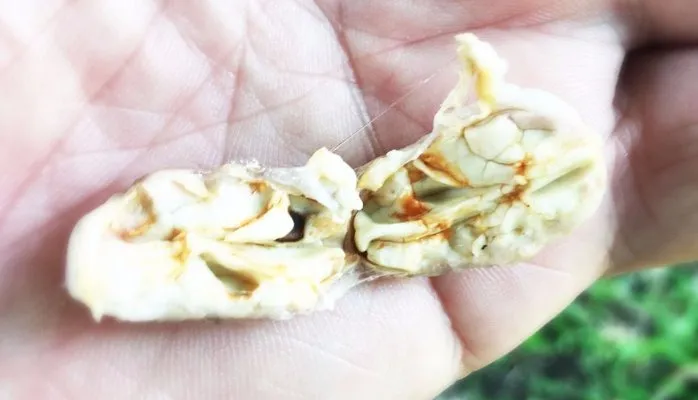(Re)Defining Quality in Cocoa

I’ve spent a lot of the past dozen years or so evaluating chocolate and cocoa professionally. I’ve tasted an uncounted number and variety of chocolates and confections and beans for my own edification as well as as a judge in a variety of competitions, including the Good Food Awards and the International Chocolate Awards.
One of the things I have had to do is learn how to separate objective evaluation from subjective evaluation: “Is what I am tasting well made?” versus “Do I like what I am tasting?”
There are many objective measures of quality in chocolate and confections, just as there are objective measures of quality in cocoa. But I am learning that useful measures of cocoa quality are not as well understood, even by chocolate makers with significant experience.
One of the most widely accepted definitions of cocoa quality is the level of fermentation. One often hears “80% well-fermented” as the definition of quality, as in: “If it’s not 80% well-fermented, it’s not good quality cocoa.”
Quality in cocoa is assessed visually through cut tests. A random sample of beans is selected, cut in half, and then assessed visually. Cuts test are fast, easy, and cheap, and on the surface it is easy to train people to do them. The challenge is that cut tests are inherently subjective because they rely on the naked eye.
For example, I am slightly red-green colorblind. Therefore I know I will look at a cut test and have a different interpretation of what I see from someone who is not colorblind – or is colorblind in a different way. As a photographer who has a good deal of experience in printing and color separation I know that the color temperature and intensity of the light that a sample is viewed under influences color perception. Also, there are no set standards for how brown brown needs to be in order to be fully fermented, or what constitutes violet as opposed to lila when assessing beans. Assessing cut tests does require training, but there are no objective visual standards that are widely applied.
There are objective measures of cocoa quality. Visual observation will reveal the number of flat beans, broken and damaged beans, germinated beans, and beans that have been infested by insects or mold or fungus. Slaty beans – beans that have not been transformed at all – during fermentation is also an objective defect, though there are some subjective aspects to this determination.
Furthermore, everything hinges on the fixation that the level of brown-ness in the cocoa bean is the most important determinant of quality. It may be, if cocoa/chocolate flavor is the most important taste factor you are concerned with. But what about the other flavors we look for in chocolate? Fruity acidity, nuts, spices, and more? The presence of the chemicals that contribute to those flavors are not brown, so an evaluation of quality based solely on percentage of brown-ness is not the right test if we are looking to make chocolate with other flavors in it.
I was at a cacao tasting this past week at the Mexican Consul General’s residence, hosted by the Mexican Consulate and co-organized by FCCI – the Fine Cacao and Chocolate Institute. This is the first time I have experienced the FCCI evaluation protocol and even though we did not have the time to follow the entire process, I really do think they have created a very useful tool. The evaluation protocol provides an easy-to-understand/implement/follow method that is a complement to what is being done for the International Cocoa of Excellence program and the FCIA’s Heirloom Cacao Preservation program.
As chocolate makers, we should be looking for beans that can be used to create interesting chocolates. To dismiss, out of hand, beans – that, according to the 80% rule – are under-fermented, is to reject unseen, unknown, and untasted is to fundamentally misunderstand what the cut test is good for.
The true taste of a bean – and a chocolate – is in the mouth and nose, and not in the eyes of the beholder. Just as you can’t judge a book by it’s cover, you shouldn’t judge a bean (solely) by its color.
———
The bean in the photo at the top of this post is an example of a ‘carmelo’ — a white-bean variety grown in Tabasco, Mexico. Unfortunately, all white-bean cocoa is fermented and dried in exactly the same way, even though there are at least eight different 100% white-bean varieties in Tabasco alone. Each variety could have a different chemical composition, which means each should be fermented differently, yet because they are all 100% white they are all fermented in exactly the same way.